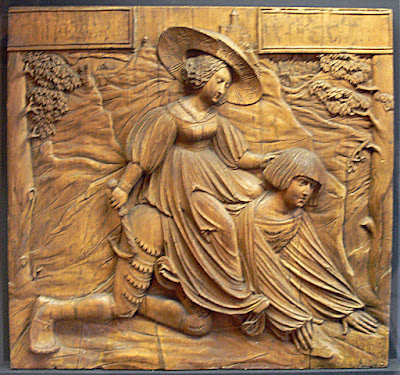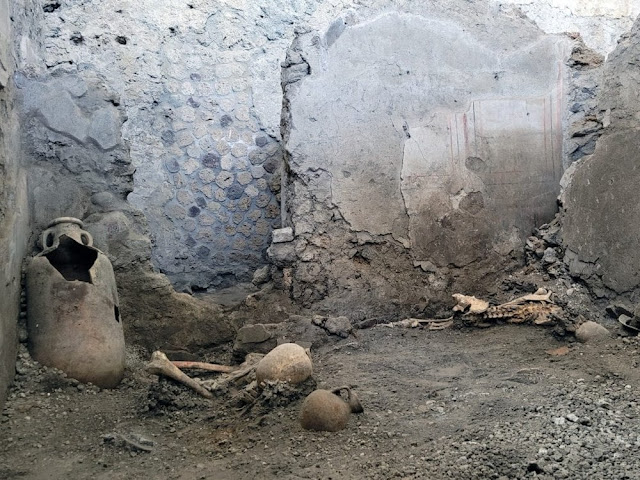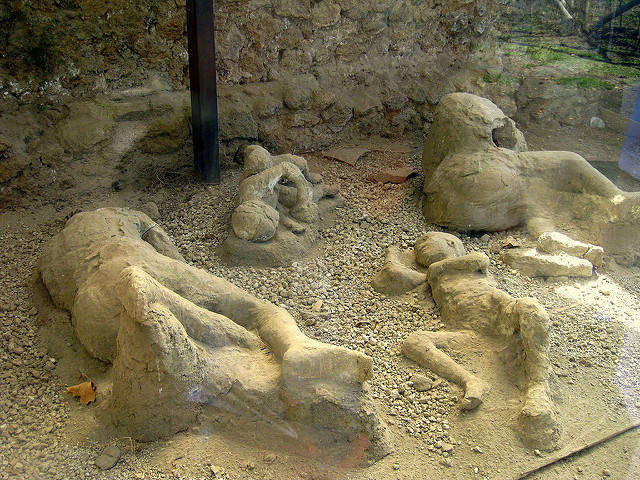---------oOo---------
Snippets from various recent websites . . .
---------oOo---------
A New Name for Swastika Mountain
Source:
National Geographic
May 20, 2023
Swastika Mountain is a peak in Lane County, Oregon, in the United States. It is located within Umpqua National Forest.
The mountain took its name from the extinct town of Swastika (1909), which was reportedly so named because a rancher there branded his cattle with the image of a swastika. Swastikas weren’t always evil, they were actually regarded as a good luck symbol long before Hitler adopted it as the symbol for the Nazis.
On New Year’s Day 2022, a couple of hikers had to be rescued from Swastika Mountain by the National Guard. The news item came to the attention of one Joyce McClain, who campaigned the U.S. Board on Geographic Names (USBGN) to rename it. She was successful, despite objection from the Hindu American Foundation, and it was renamed Mount Halo, after a local Indigenous tribal leader from the 1800s.
Chief Halo (pictured) made a stand by refusing to be relocated to the Grand Ronde Reservation as local tribes were removed from their land
In its May 1 quarterly review, the USBGN had 45 proposals pending. A landowner in Colorado is seeking to change the name of “Poison Lake” to “Golden Valley Lake.” (The proponent “reports that it is not poisonous and there are no health issues for livestock and wildlife,” USBGN staff reports.) In California, petitioners want to change “Chinaman Lake” to “Chinese Miners Creek.” And some were simple requests to name places that had previously gone unnamed.
---------oOo---------
Aristotle ridden like a horse:
Source:
Amusing Planet
May 17, 2023
The tale of Phyllis and Aristotle is a medieval cautionary tale about the triumph of a seductive woman, Phyllis, over the greatest male intellect, the ancient Greek philosopher Aristotle.
The story of the dominatrix and the famous intellectual was taken up by artists from the 12th century onwards, in media from stone sculpture in churches to panels of wood or ivory, textiles such as carpets and tapestries, engravings, oil paintings, brass jugs (aquamanile), and stained glass.
The story goes that Aristotle advised his pupil Alexander to avoid Phyllis, the seductive mistress of his father, the king, but Aristotle is himself captivated by her. She agrees to spend the night with Aristotle but only on condition that she can first ride him in the garden, like a horse. He agrees, not knowing that she has secretly told Alexander what to expect. He witnesses the scene. When Alexander saw his dignified old tutor crawling over the palace grounds with a bit in his mouth and Phyllis on his back brandishing a whip, he was shocked. He confronted his teacher, who sheepishly excused himself saying: “If thus it happened to me, an old man most wise, that I was deceived by a woman, you can see that I taught you well, that it could happen to you, a young man.”
Examples of depiction in art:
Stone sculpture, Cadouin Abbey, France, 12th century
Panel of casket with scenes of romances, France, ivory, 1330-1350
Carpet, Freiburg, Germany, 14th century
Aquamanile in the form of Phyllis and Aristotle, prob. Maasland, 1400–1450, brass
Phyllis riding and slapping Aristotle, Aquamanile, Maasland, c. 1400, brass
Drypoint of Aristotle ridden by Phyllis by the Housebook Master. c. 1490
Engraving, Master MZ, c. 1500
Engraving, Lucas van Leyden, c. 1520
Stained glass, Germany, c. 1520
Aristotle and Phyllis, the Master of Ottobeuren, wood, 1523
---------oOo---------
These Two Ancient Pompeii Victims Died in an Earthquake—Not a Volcanic Eruption:
Source:
Smithsonian Magazine
May 19, 2023
When people think of Pompeii, they mostly think of its destruction by the volcanic eruption in 79AD and of the bodies reserved as voids in the volcanic ash. These have been used as moulds to make plaster casts of the figures in their final moments of life.
Recently Italian archaeologists uncovered the bodies of two men who, they ascertained, were killed not by the volcano but by the disaster that immediately preceded it.
Although volcanic eruptions are often associated with earthquakes, these are mostly small. The Pompeii eruption, however, was preceded by an earthquake which caused devastating damage.
The newly discovered skeletons showed signs of bone fracturing, indicating that “the men probably died as a result of multiple injuries sustained as the building they sought refuge in caved,” as the Guardian’s Angela Giuffrida and Jude Dunhill write. Researchers think that one of the men raised an arm to protect himself from the falling stone.
Much of Pompeii has not yet been excavated. As technology improves, researchers are able to gain even more insights into the ancient city. For many of them, the scale of the disaster strikes a chord.
“The discovery is very grounding as they are effectively digging up human beings, which is sad,” says Zuchtriegel, per the Guardian. “Human mortality is so fragile.”
Some other Pompeii pics:
Casts of bodies in the Garden of the Fugitives. The victims were adults and children, several found close together and others scattered over the area. They died apparently while trying to find a way out of the Nocera Gate, as they were above the layer of pumice that had already reached a height of 3.5 m, and were caught by the volcanic flow which was fatal.
Archaeological workers extract the mummified bodies of two adults and three children from earthen mold at the Garden of the Fugitives on May 1, 1961.
How the casts at Pompeii have come about.
Body from the Garden of the Fugitives.
Tourists look at the casts of bodies found in the excavations as they visit the ruins of the Macellum at Pompeii.
The remains of an entire family that succumbed to the eruption.
---------oOo---------





















No comments:
Post a Comment
Note: Only a member of this blog may post a comment.